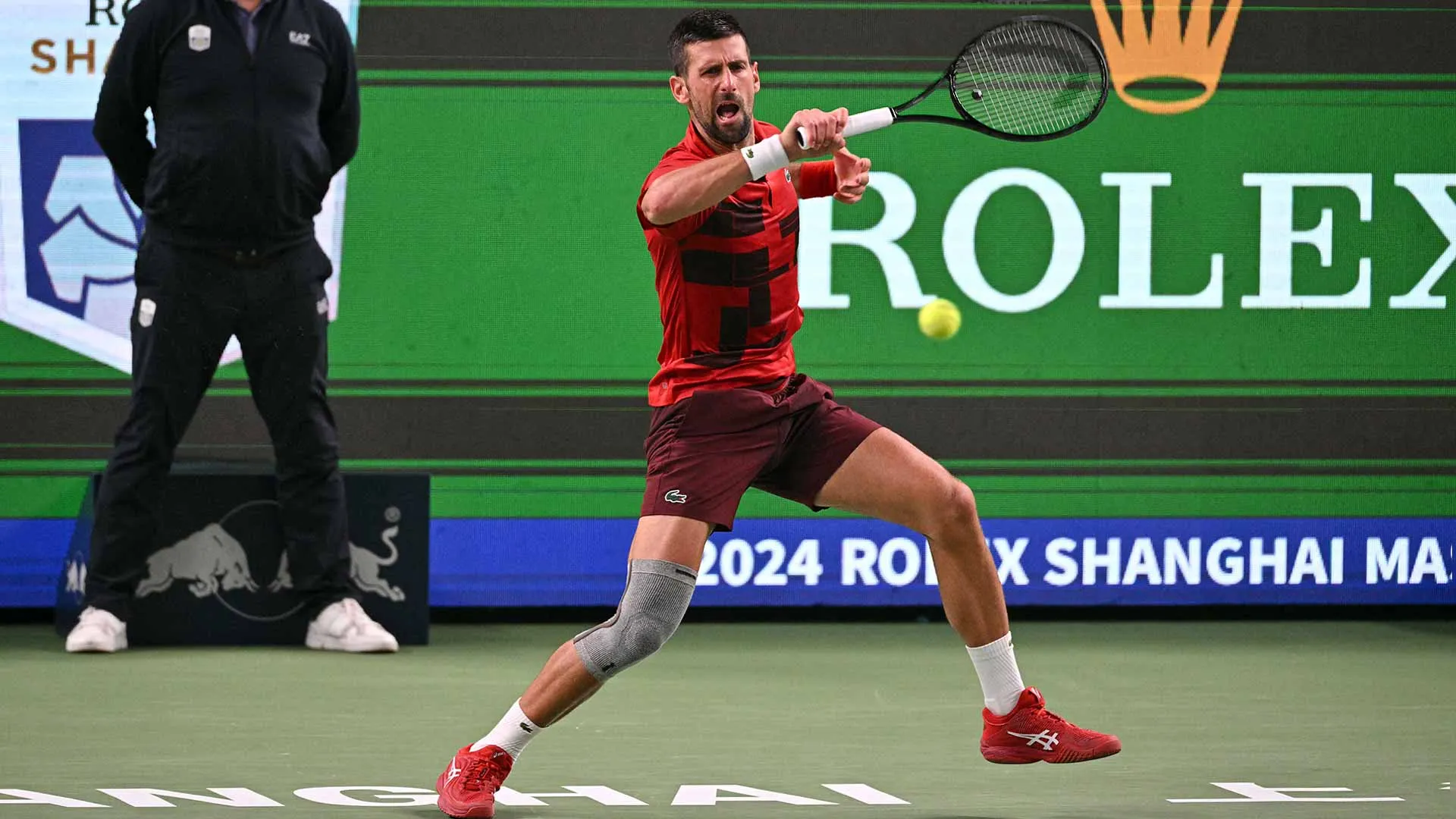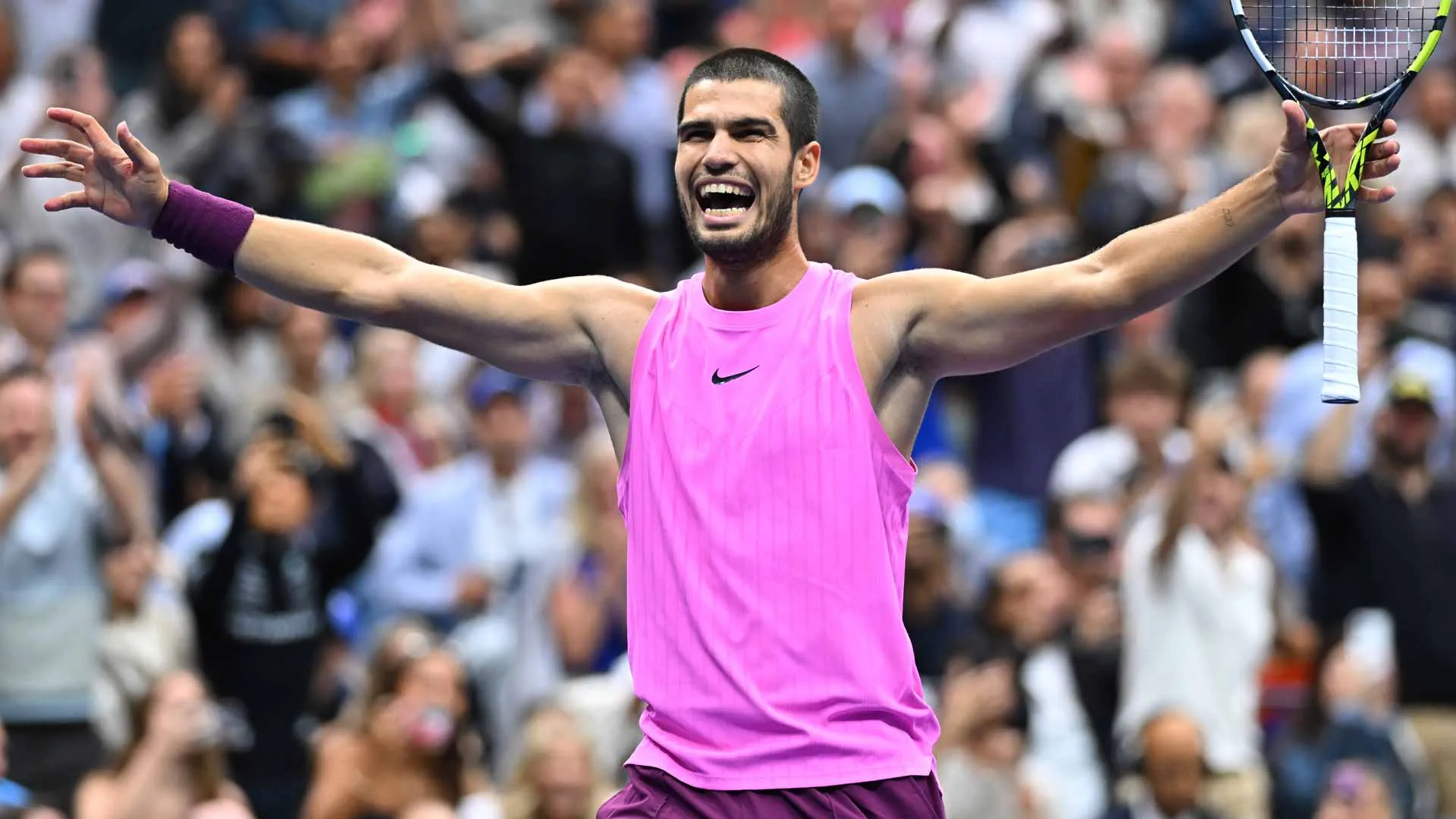
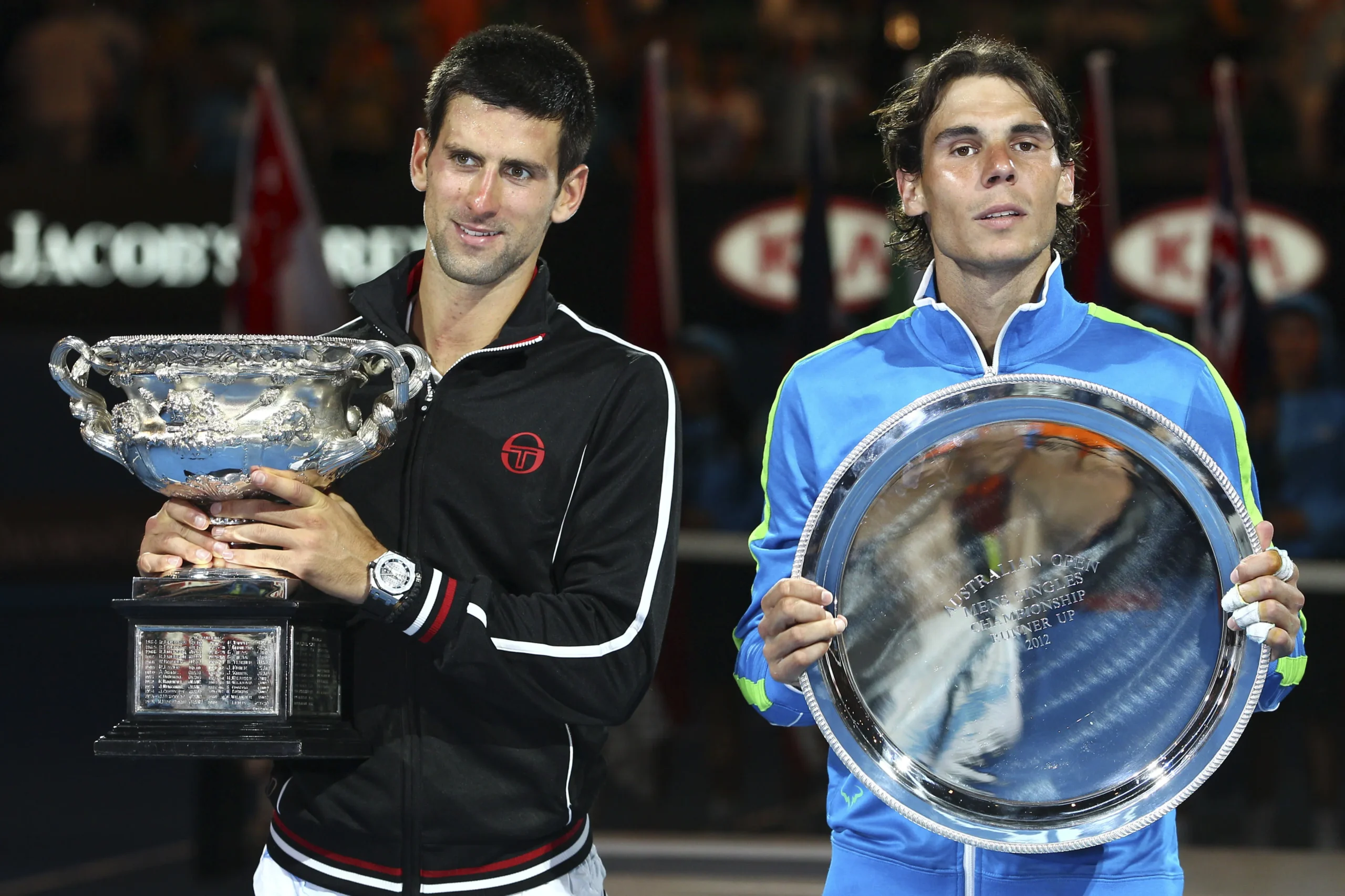
Novak Djokovic and Rafael Nadal Once Battled for 6 Hours Until Exhaustion — A Tennis Era We’ll Never Witness Again
The modern history of tennis has been defined by epic rivalries, yet few encounters have captured the imagination of fans worldwide like the battles between Novak Djokovic and Rafael Nadal. Their rivalry is not just a series of matches; it is a story of endurance, skill, and the human will to push beyond physical and mental limits. Among all the unforgettable duels they played, one match stands as a symbol of an era that feels almost unrepeatable: the 2012 Australian Open final, where Djokovic and Nadal fought for nearly six hours, collapsing into exhaustion as the crowd witnessed history being written. That clash remains a reminder of a tennis era that may never come again.
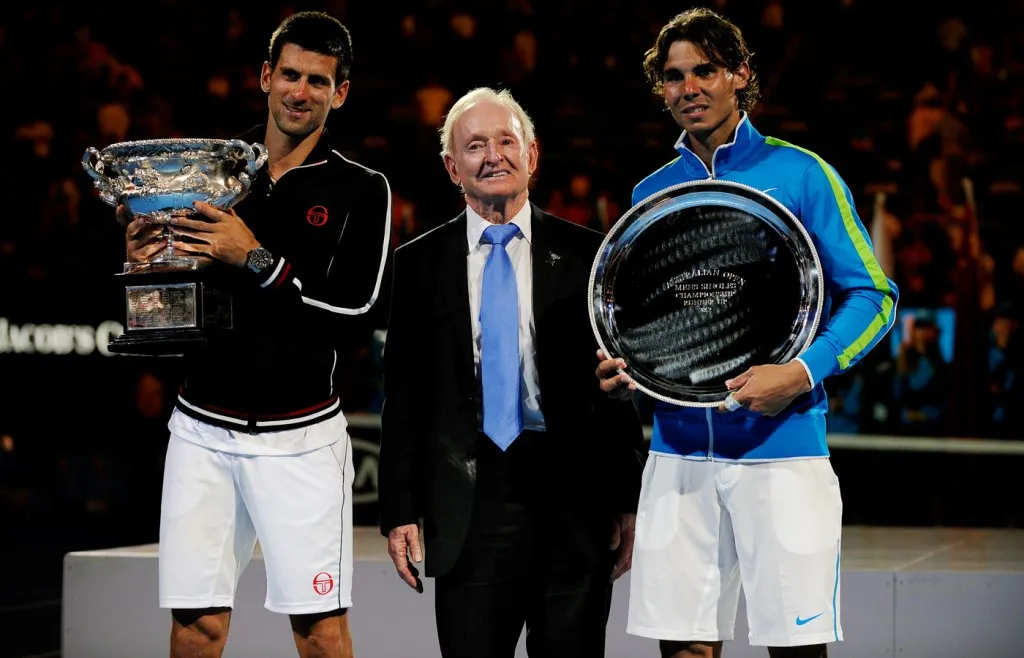
The Rivalry That Defined an Era
To understand why that match resonates so deeply, one must first acknowledge the extraordinary nature of the Djokovic–Nadal rivalry. Both men rose to dominance in an age when tennis was already graced by legends. Nadal had established himself as the King of Clay, a warrior who thrived in long rallies, constructing points with heavy topspin and relentless defense. Djokovic, meanwhile, perfected a style rooted in flexibility, balance, and unyielding consistency. Their contrasting weapons created fireworks whenever they met on court.
The rivalry grew to symbolize two philosophies: Nadal’s explosive physicality against Djokovic’s elastic resilience. Over time, fans realized they were witnessing not just matches, but living chapters of tennis mythology. Every meeting seemed to redefine the limits of what players could physically and mentally endure.
The Marathon of Melbourne 2012
When the 2012 Australian Open final began, the expectation was that it would be grueling. Yet nobody could have predicted that it would evolve into the longest Grand Slam final in history, stretching five hours and fifty-three minutes. From the very first set, the battle was ferocious, with both men trading blows in rallies that left spectators breathless.
Nadal, at that time already a multiple-time major champion, looked determined to reclaim the throne after injuries had slowed him. Djokovic, on the other hand, was at the peak of his powers, having dominated the previous season. What followed was a spectacle of mental toughness and physical survival.
Each rally felt like a test of endurance. Each game became a small war within the larger battle. Fans inside Rod Laver Arena felt the air grow heavy as the hours dragged on. Commentators struggled to describe what they were witnessing, for it was beyond tennis — it was a form of gladiatorial combat disguised as sport.
By the fifth set, both players could hardly stand upright between points. Sweat drenched their shirts, legs wobbled with fatigue, and yet they continued to push one another past breaking point. When Djokovic finally prevailed 7–5 in the final set, he fell to the ground in disbelief. Nadal, though defeated, also collapsed into his chair, spent beyond measure. Both men were warriors who had given more than anyone thought possible.
A Moment Beyond Victory or Defeat
What made the match legendary was not merely the result, but the shared exhaustion that followed. In a rare and unforgettable moment, both champions leaned on the net during the trophy ceremony, barely able to stand upright. It was as if victory and defeat had blurred, replaced by the recognition that both had pushed human endurance into uncharted territory.
That image — Djokovic clutching the trophy with little energy to celebrate, Nadal looking on with quiet respect — became a symbol of their rivalry. It spoke of battles fought not for personal glory alone, but for the pursuit of excellence and the thrill of competition. Fans across the world realized they had just witnessed something that transcended tennis.
Why This Era Was Unique
The Djokovic–Nadal rivalry belongs to a golden generation of tennis that also included Roger Federer, together forming what many call the Big Three. But the Djokovic–Nadal duels carried a special brutality, a unique mixture of stamina, resilience, and tactical depth that stretched matches far beyond what modern schedules and physical limits usually allow.
In today’s game, it is unlikely that a Grand Slam final will again last nearly six hours. Advances in sports science, scheduling, and player longevity mean that matches are managed differently. The physical demands of that era, combined with the iron will of champions like Nadal and Djokovic, created encounters that belonged to a rare intersection of talent, determination, and circumstance.
Moreover, younger generations of players, while immensely gifted, often lack the same long-term rivalry forged through years of battling one another at the very top. Tennis today is more unpredictable, but also less defined by epic five-set wars between two titans who knew every inch of each other’s game.
The Legacy of the Marathon
The 2012 Australian Open final is frequently remembered as the pinnacle of tennis endurance, but its legacy goes deeper. It became a reference point for what mental strength in sport truly means. It showed that champions are not only defined by their titles but also by the pain they are willing to endure in pursuit of greatness.
For Djokovic, the victory solidified his dominance and reinforced his reputation as the player who could bend but never break. For Nadal, the loss was painful, but it also enhanced his aura as a fighter who refuses to surrender even when the body screams for relief.
The legacy also lies in what it meant for fans. Watching two men spend nearly six hours in battle, leaving every ounce of energy on the court, gave spectators a story to pass down — a moment to tell future generations about. It was more than a match; it was a memory carved into the very soul of tennis.
Emotional Connection With the Fans
Part of the magic of the Djokovic–Nadal rivalry is how it drew fans into their world. Supporters knew they were not just watching forehands and backhands, but also witnessing the raw expression of human spirit. The Melbourne marathon captured this perfectly.
Every gasp from the crowd, every standing ovation, reflected a collective acknowledgment that this was sport at its purest. It was not about marketing or statistics; it was about heart. Fans left Rod Laver Arena that night changed, aware they had seen something that might never be replicated. And as the years pass, nostalgia only strengthens that belief.
An Era We’ll Never Witness Again
Why will we never see such an era again? The answer lies in the convergence of talent, rivalry, and circumstance. Nadal and Djokovic met in a period when both were young enough to endure inhuman battles, yet experienced enough to understand how to win them. Their rivalry was long, consistent, and filled with meaning.
Today’s game, while thrilling, is more fragmented. Rivalries come and go, but none yet have the weight of years and the blend of styles that Djokovic and Nadal offered. The physical strain of a six-hour match in today’s environment would likely endanger players’ careers, making such spectacles less likely. In many ways, the Melbourne epic was a product of its time — a perfect storm that the tennis world may never see again.
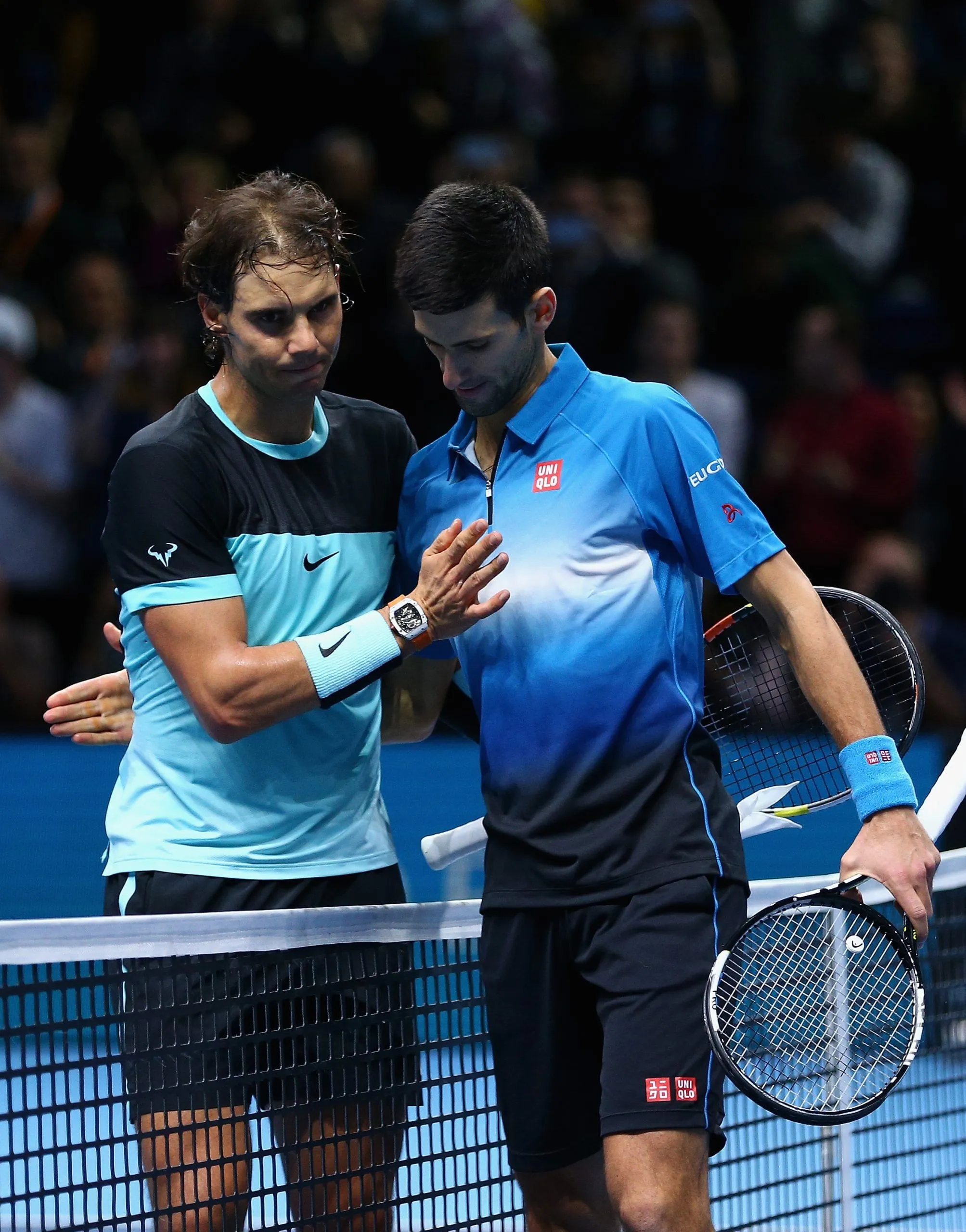
The Eternal Memory of Greatness
More than a decade later, the images of that night remain vivid: Djokovic collapsing to the ground, Nadal grimacing through exhaustion, the crowd rising in awe. Those images have outlived the statistics, reminding us that greatness in sport is measured not only by victory but by the journey taken to achieve it.
As fans reflect on the Djokovic–Nadal rivalry, they realize they were blessed to witness a tennis era that pushed the limits of possibility. The nearly six-hour battle in Melbourne was not just a match; it was a moment in human history, a demonstration of perseverance, and a celebration of the spirit that drives athletes to inspire the world.
In the end, the true victory belongs not to Djokovic or Nadal alone, but to the sport itself, enriched forever by a rivalry and a match that will stand as a beacon of what tennis once was — and what it may never be again.









